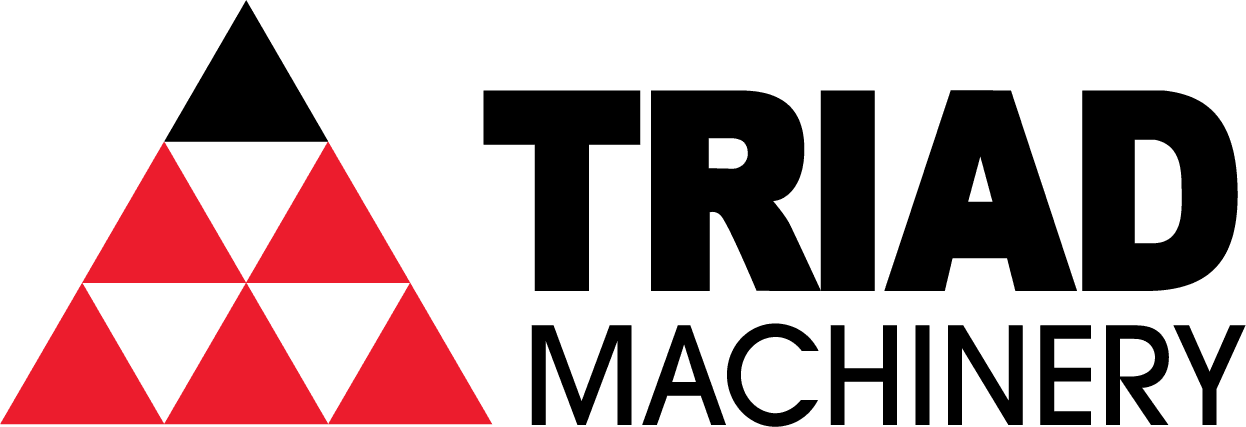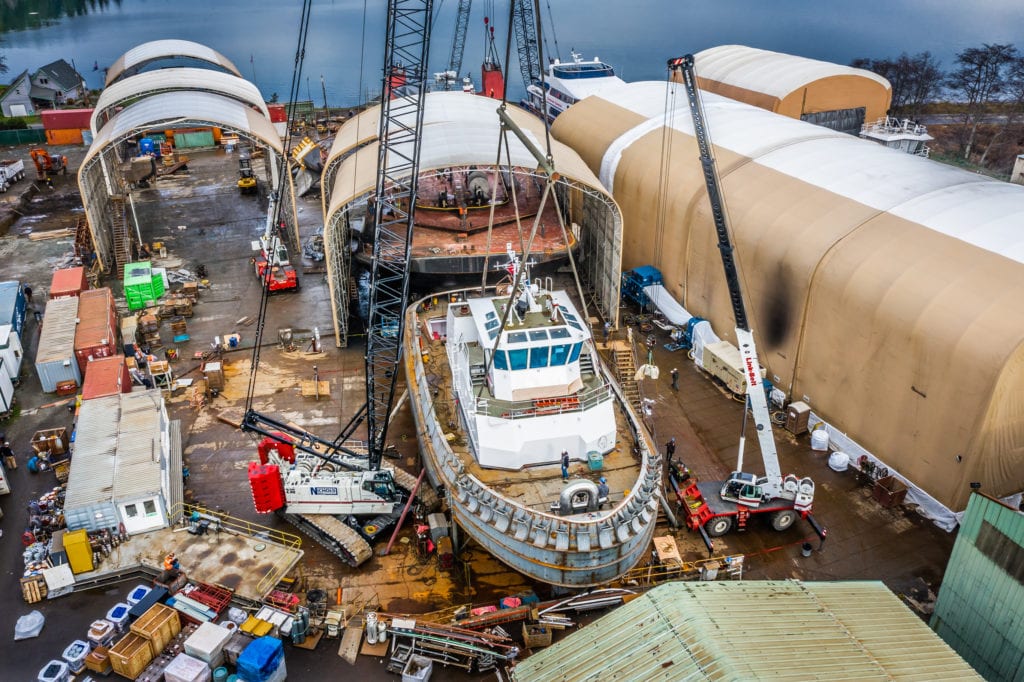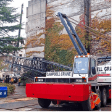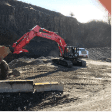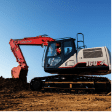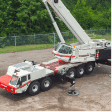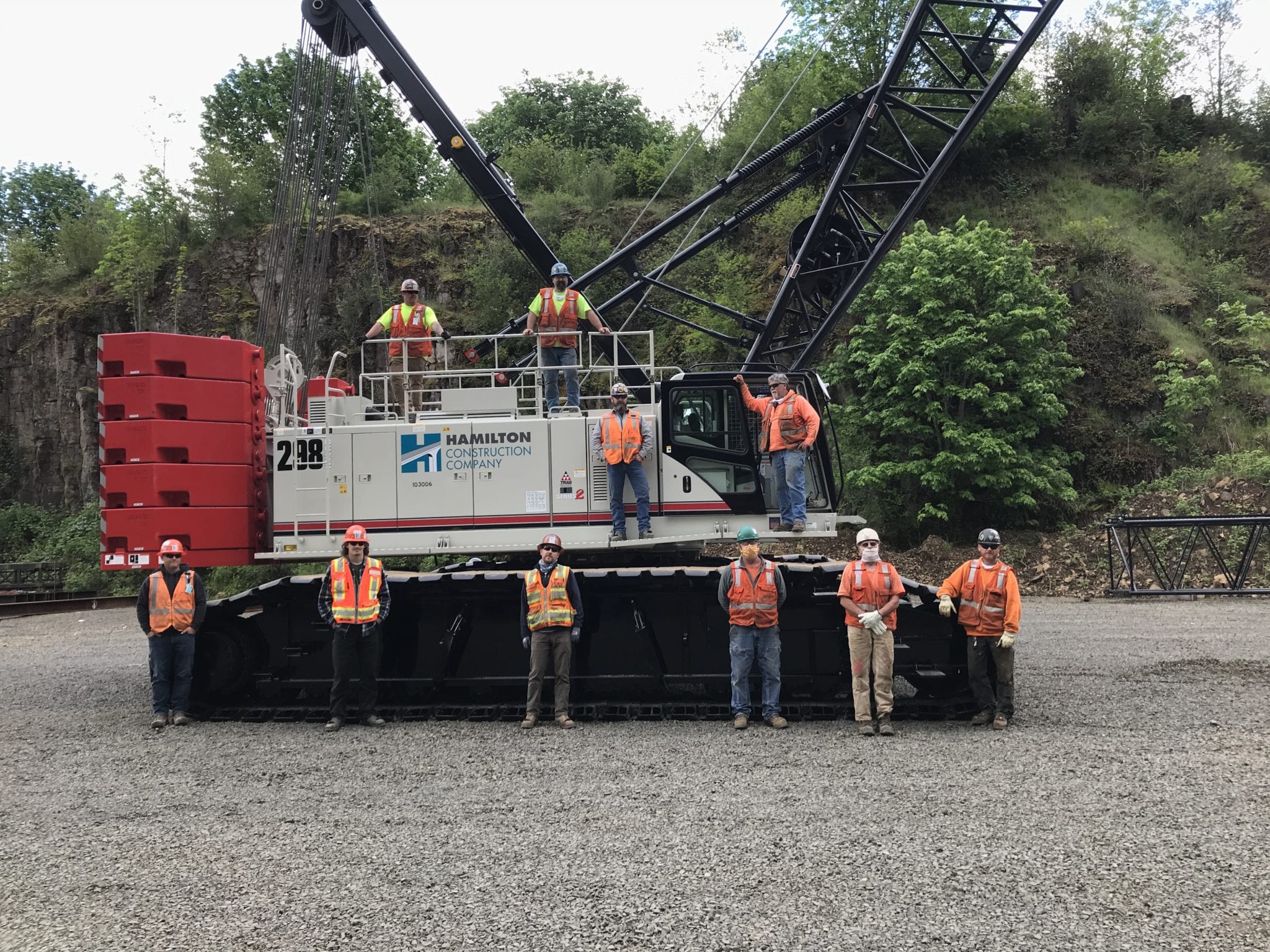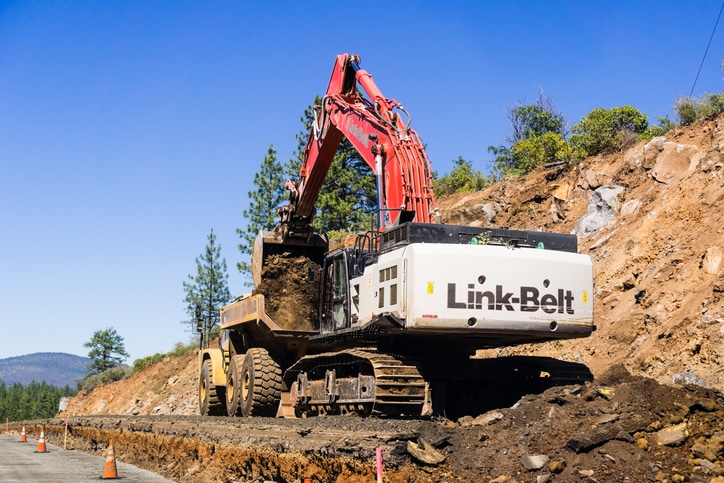A chain is only as strong as its weakest link. It may be a tired, old cliche, but that doesn’t mean it isn’t true. Cranes today can lift hundreds of tons of material hundreds of feet in the air. But if just one aspect of the lift goes wrong, it could all come crashing down.
That’s why every aspect of any crane lift is inspected before the work begins. It may take a few minutes, but a half-hour checklist is much better than a million-dollar mistake. While monitors or gauges in the cab may point out certain problems, manual inspections are also required.
Rigging Gear Material
With crane slings, the only way to know for sure if they’ll be up to the challenge is to visually inspect them. There are other facets when it comes to using the proper sling, such as weight limits, sling material, and so on. Whatever sling is being used, the most important thing is if it is in good working order.
Just one flaw, no matter how insignificant it may be to the untrained eye, can be catastrophic. So while the crane operator checks his gauges, the rigging crew assembles the crane’s lattice sections, and the engineers check the wind, someone needs to be going over all the slings for the day.
Types of Slings
There are three different slings that cover almost all lifts: chain slings, metal wire rope slings, and synthetic slings. You may find some slings that are a combination of two, such as wire and chain mesh slings. All three have their advantages and disadvantages and all three need to be inspected at the start of every day.
CHAIN SLINGS
When you need to move big, bulky, or rugged loads, chain slings are an obvious choice. They are durable, strong, and can be made into a variety of configurations for almost any type of lift. In most cases, they are used in conjunction with lifting hooks. Certain loads may require an endless loop with choke hitch or looped to fashion a cradle.
Chains are made to withstand tough operating conditions. Temperatures reaching 400 degrees or more, continuous and repetitive use, and just general rough operation is what the chain sling was made for. They are also the heaviest material to work with, which must be considered when calculating working load limits. They may also damage more sensitive or finished materials, too.
Periodic inspections are fast and easy and chain links can be replaced, proof tested, and re-certified. Chain slings can elongate up to 20% of their natural shape if overloaded. It’s easy to see when this happens, and when it does, you must remove these slings from service for good.
When inspecting a chain, make sure all kinks and twists have been straightened out and the chain has been cleaned. In addition to stretched links, look for links that have been bent or twisted during an inspection. Any cuts, nicks, or corrosion should also immediately disqualify a chain sling.
WIRE ROPE SLINGS
Much lighter and less expensive than the chain sling, wire rope slings are a popular choice for many lifting solutions. They are very flexible, strong, and can be constructed in different designs for different situations. They should not be used if temperatures will be in excess of 400 degrees or -40 degrees (Fahrenheit).
Although the hardware used with wire slings may be reused (if not damaged), once wire rope has been compromised, it should be disposed of. Unlike chain sling inspections, wire rope is harder to inspect because of its construction. However, kinks, abrasions, or areas that have been crushed are indications of excessive wear.
When inspecting wire rope, never do so with bare hands. If the wire has been frayed along the way, it could puncture the skin. If the sling tag that contains information about the wire rope is missing, do not use it because you don’t know the limitations. In addition to other flaws, if you notice missing or broken wires, the sling must be retired.
SYNTHETIC ROPE SLINGS
When working with delicate or highly finished materials, nothing works as well as synthetic rope slings. Even though they offer a “soft touch,” they are still capable of lifting heavy loads. These ropes are very adaptable, flexible, come in a variety of sizes and configurations, and are easy to replace.
Because of their construction, these slings can be used when there are possible issues with sparking or explosive situations. However, they aren’t as strong as chain or wire rope and are more susceptible to damage. When not in use, it’s important to keep them out of the elements to extend their lifespan.
When inspecting a synthetic rope sling, make sure it is laid out flat to easily spot any irregularities. Remove knots in any part of the line as they put undue stress on the sling. If there are any holes, tears, cuts, or snags, the sling must be removed from service.
The same goes if there are any discoloration and brittle or stiff areas on the rope. This could be a sign of excessive use. Finally, all specific information about the synthetic rope sling is printed on a tag. If the tag is unreadable or missing, it can no longer be used.
Overall Sling Observations
It’s very important to understand the limitations of any sling you use. Sling manufacturers have tested the working load limit of their products, so those specifications should be readily available. If the sling identification states the design factor has a 5:1 ratio, make sure the load reflects that.
If any part of a sling has been compromised, the sling shall be removed from service. In some cases, such as chain slings, it may be repaired and the service life can be extended. In other cases, such as synthetic web sling, the material may have been damaged by excessive abrasive wear and should be retired for good.
An important note: All inspections should be conducted by a qualified person. Obvious wear and tear can be spotted by anyone. But it’s the more nuanced deterioration on areas on any part of the sling that may slip by unnoticed by the untrained eye. Make sure to reference all OEM manuals or specifications with every sling you work with.
Work With The Experts
As an authorized Link-Belt Crane dealer, we have all the parts, attachments, and accessories for your lifting needs. Although we don’t offer slings, we carry everything else, from load sensors to drive trains to fluids. For more than 30 years, we’ve been keeping the Pacific Northwest working.
In addition to parts, we offer new and used cranes for sale, the largest crane and construction rental fleet in Oregon and Washington, and unsurpassed knowledge of forestry equipment. Our service department has been factory and field trained, so we can maintain your machinery at the job site or at our place.
If you are looking for a particular sling for an upcoming job, find a location near you and see how we can help. With six branches located throughout the Pacific Northwest, Triad Machinery is close by and ready to help.
